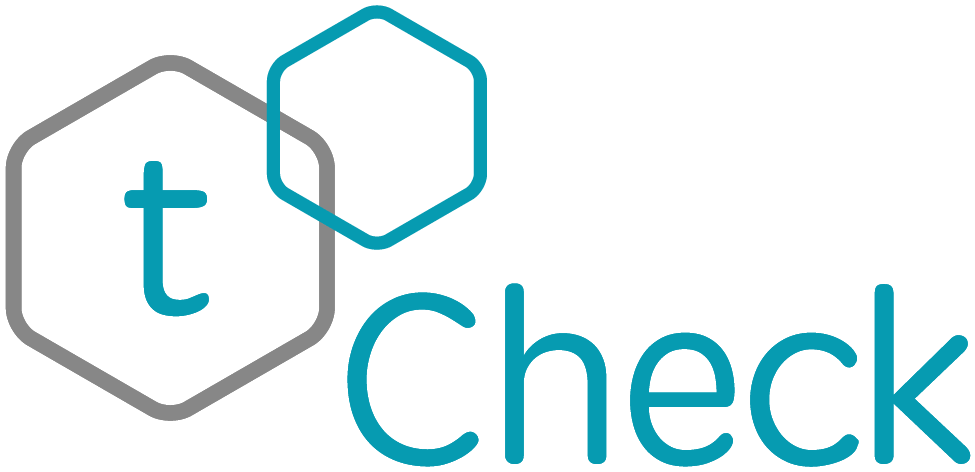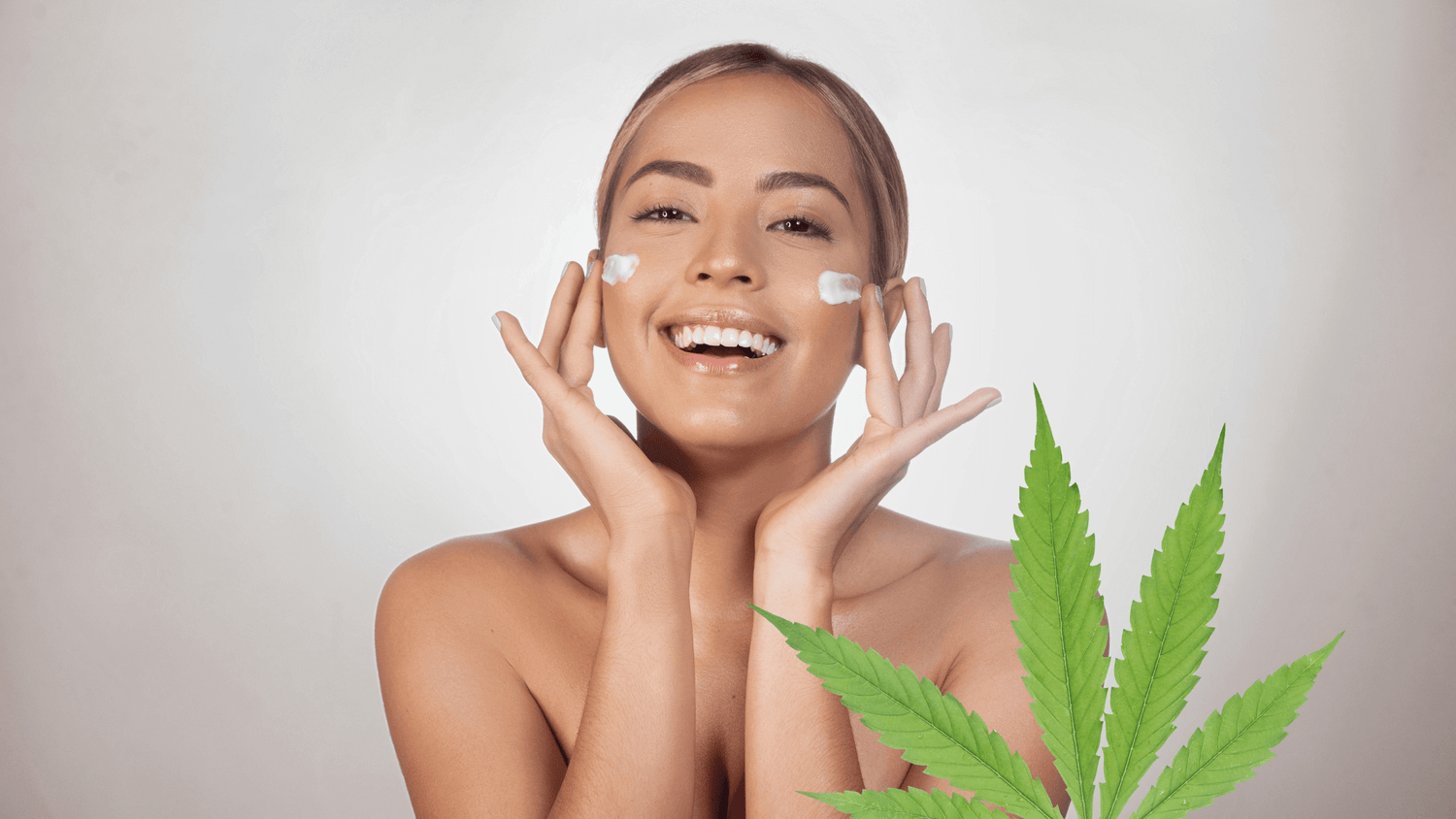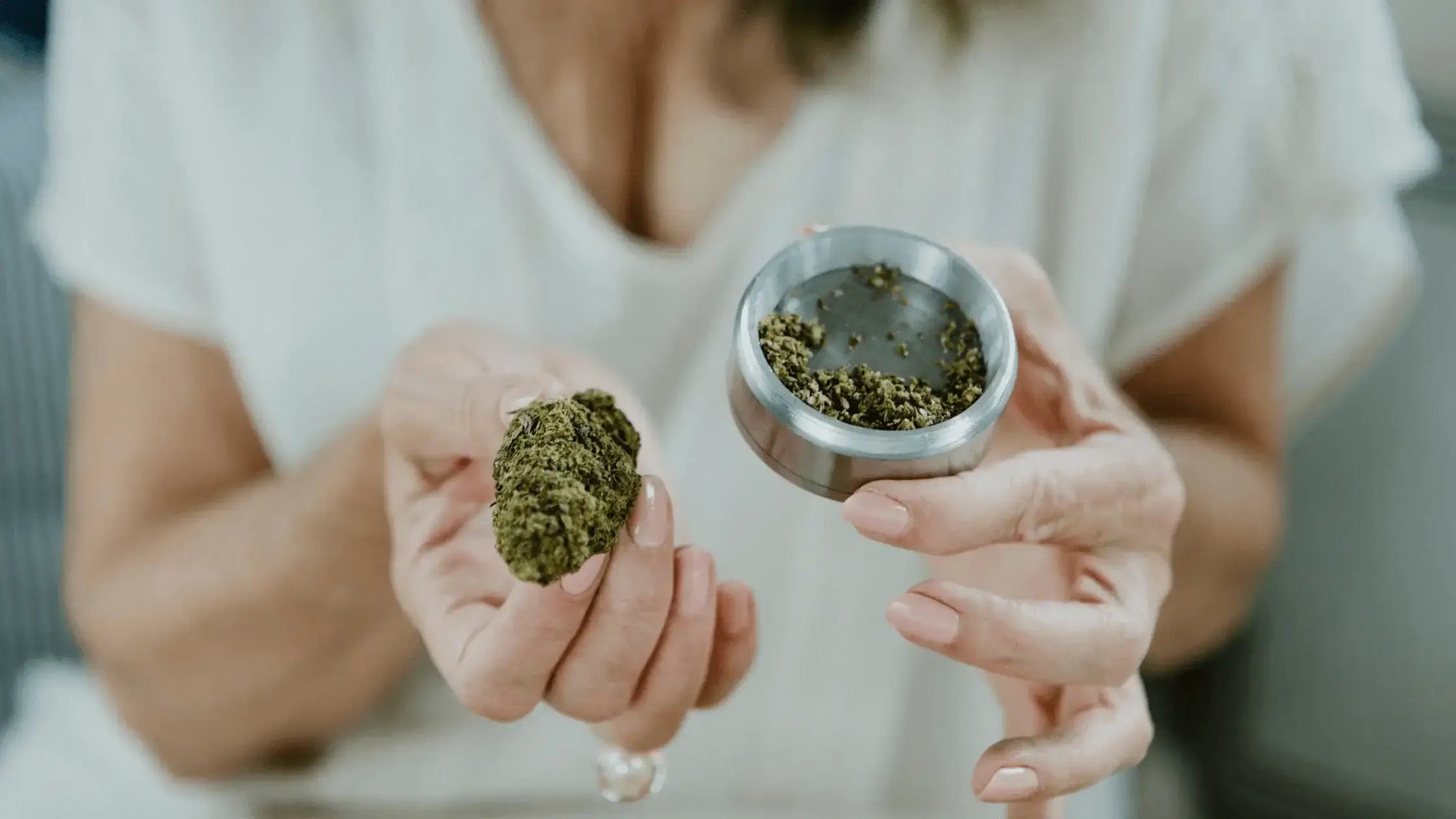No question: cannabis has achieved “celebrity status” in the beauty industry. Believe it or not, many market analysts predict the cannabis beauty sector could grow to $1 billion in the next few years. While CBD has been hogging the spotlight recently, more skincare experts are interested in topical pot’s potential. There’s also a growing community of canna-fans who are making some pretty dank DIY salves.
If you’re thinking about experimenting with DIY cannabis salves, it’s essential to get an accurate read on your product’s potency. That’s why we strongly recommend adding one of tCheck’s cannabinoid trackers to your toolkit. For more info on our cannabis trackers, be sure to check out this official webpage.
The What, Why, And How Of Cannabis Topicals
How Could Cannabis Topicals Possibly Work?
Like any other cannabis product, topicals work by influencing the body’s endocannabinoid system (ECS). Although it’s not as well-known as the nervous or digestive systems, the ECS is a natural part of our physiology that may influence dozens of bodily functions (e.g., sleep, appetite, and mood).
According to the latest research, the ECS produces its own cannabinoids (aka endocannabinoids) that may keep our body in a state of balance. Interestingly, cannabis is the only known plant with cannabinoids that interact with the ECS.
While most of the receptors associated with the ECS are in the brain, new research suggests this system extends to our skin. So, when we apply a cannabinoid-rich salve on our joints, our skin might absorb all of those glorious cannabinoids. This may account for the localized effects that many patients feel.
However, it’s important to note that cannabis salves can’t penetrate the skin layer. Since our skin isn’t super porous, it’s physically impossible for molecules like CBD to push their way into the bloodstream. Instead, it appears the CB2 receptors get activated on the surface level.
So, Will Cannabis Topicals Make Me Feel “High?”
Because cannabis topicals can’t enter your bloodstream, it’s impossible for them to have psychoactive effects. It doesn’t matter if you’re using a THC-rich salve; cannabis topicals won’t affect your mental clarity.
Even if patients are overly sensitive to high-THC strains, it’s unlikely they will have adverse reactions to topicals. This makes topicals a good alternative for people who either can’t tolerate THC or want to experience cannabis’s benefits without sacrificing productivity.
What Are Cannabis Topicals Good For?
Now that you know how cannabis topicals work, you may be wondering why you’d want to make one. Well, there are two primary reasons people seek out these products: pain relief or skincare. While research into these issues is ongoing, a few preliminary trials suggest these salves have therapeutic potential.
For instance, one famous study out of the University of Kentucky examined how CBD topicals affected rats with knee arthritis. Incredibly, the CBD cream seemed to decrease knee inflammation after a few daily applications. According to the study authors, CBD topicals could play a positive role in reducing arthritis-related swelling.
Many doctors are also interested in the potential dermatological uses of cannabis creams. Indeed, one study out of Italy suggests topical CBD may help reduce psoriasis. Another multi-university trial found that topical CBD could reduce skin oil secretion, which may decrease the risk of acne.
Interestingly, scientists have even begun studying the efficacy of skin-safe THC creams around the eyes. According to these preliminary trials, THC topicals may naturally reduce intraocular pressure, which may help glaucoma patients.
Of course, all of this research is only in the initial stages. Any statements made above aren’t meant to cure, treat, or diagnose any medical conditions. Please remember the FDA has yet to evaluate the safety and effectiveness of cannabis products.
How To Make A DIY Cannabis Topical
Even if you’re not privy to the world of DIY, it’s not hard to make a cannabis topical at home. While it’s not as straightforward as buying a pre-made product, there are many benefits to making your own cannabis topicals. First off, you could control the potency and consistency of your final product. As a bonus, you could add your preferred essential oils for pleasing aromatics.
Below, we’ll go over a basic cannabis salve recipe for you to experiment with. The ratios you use for your salve depend on how much you want to make, but most people recommend 7 – 10 grams of cannabis flower and a mix of one part beeswax to four parts oil. Please feel free to tweak these directions to suit your preferences.
Prime Your Cannabis Buds In The Oven
First off, you’ve got to heat your cannabis buds. No, we’re not talking about smoking; we’re talking about “decarbing!”
Decarboxylation is a fancy term that refers to the process of changing acidic cannabinoids into active cannabinoids. In the raw cannabis plant, cannabinoids like THC only exist in an inactive acidic form. However, once you apply heat to cannabis buds, these compounds undergo “decarboxylation,” which results in the active cannabinoids we’re all familiar with.
So, if you want the highest-potency topicals, you have to place your cannabis buds on a baking sheet in a 240°F oven for about 30 – 45 minutes. Once your timer goes off, remove these buds from the oven and let them cool before moving on to the next step.
Infuse A Cannabinoid-Rich Oil
Now that your buds are “activated,” fill a large pot about halfway with water and turn your stovetop on low. Next, grab a bowl that will fit inside your cooking pot to create a makeshift double boiler.
Inside your bowl, put about 1.5 cups of your preferred oil. Most people suggest using coconut oil because of its moisturizing benefits, but you could mix in any skin-safe oil that suits your fancy.
Once your oil has a loose consistency, add in the decarbed cannabis and occasionally stir for about 20 minutes. Please ensure your stove is on the lowest heat setting possible. You don’t want to burn all of those precious cannabinoids!
When your timer goes off, strain this oil through a fine mesh screen into a clean bowl. Be careful not to burn your hands as you squeeze out all of those precious cannabinoids, flavonoids, and terpenes!
Add Beeswax To Your Blend
In the same bowl used to infuse your cannabis oil, add about 1/3 cup of beeswax pellets. Keep your heat on the lowest possible setting and wait for the beeswax to melt.
Once your beeswax is loose as a goose, you can add in your cannabis-coconut oil. At this point, you could also add a little vitamin E oil and skin-safe essential oils like lavender or peppermint. Just a few drops of essential oil should be enough to give your salve sensational aromatics.
Store Your Cannabis Salve Securely
After everything in your mix is well incorporated, it’s time to transfer your salve into a long-term storage container. While many people rave about glass containers, aluminum tins will also do the trick.
To help preserve all of those delicate terpenes and cannabinoids, you must store your cannabis topical in a cool, dark area. While salves lose their potency over time, they should last at least one year if they’re stored properly.
Trust tCheck’s Tests For Terrific Topical Analysis
Even though you can’t overdose on cannabis topicals, it’s nice to know the exact ratio of cannabinoids in your salve. Knowing the precise amount of CBD to THC could help you determine your ideal daily dose. Of course, if you’re selling products to customers, then it’s imperative you let them know exactly what’s going into your topicals.
Thankfully, you don’t have to spend a fortune to get an accurate read on your topical’s cannabinoid profile. At tCheck, we offer some of the most affordable and accurate cannabis potency scanners and accessories. If you’re interested in learning more about tCheck’s at-home scanners, please reach out to our team on this support page.






